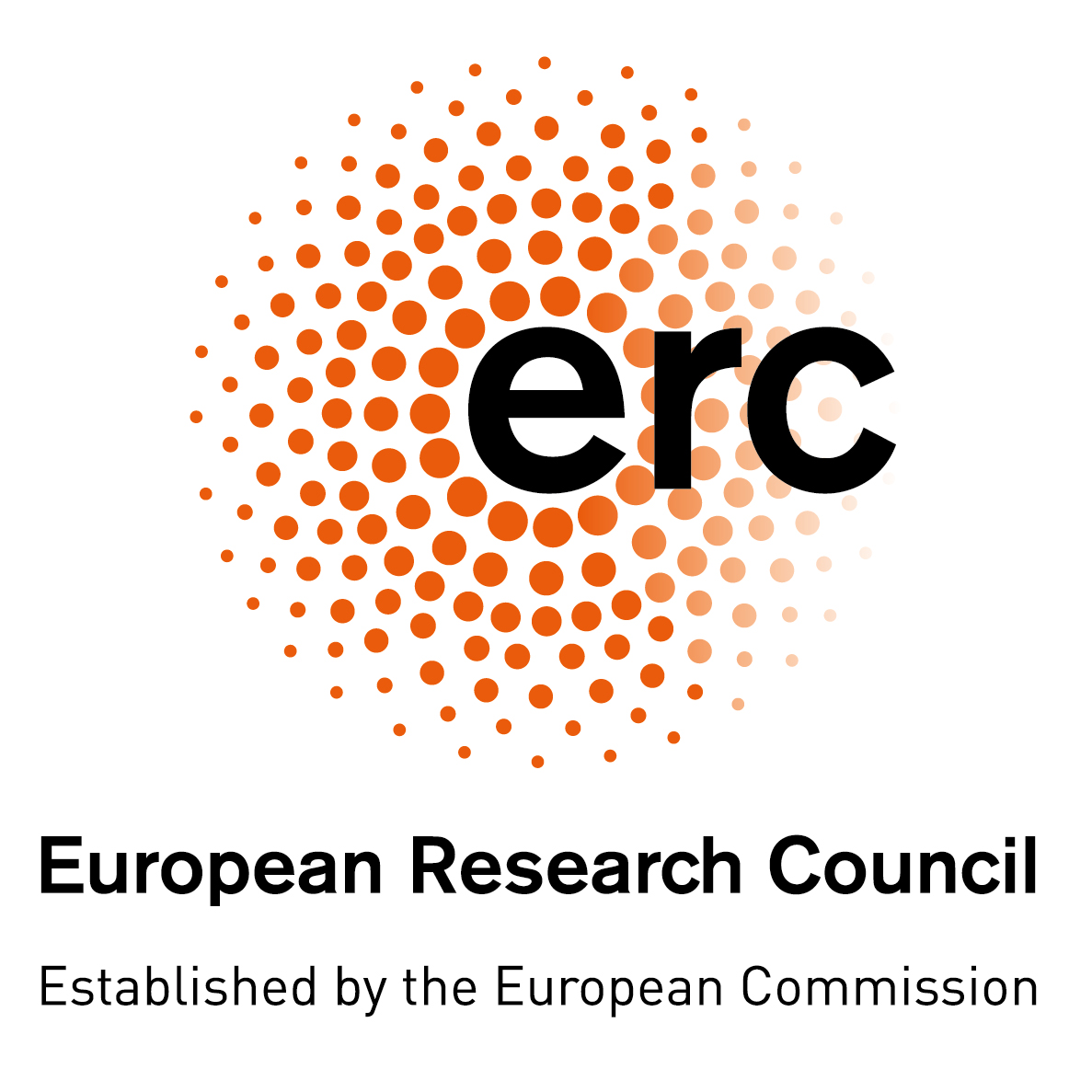Redefining Variability: EvALuating Land Use and TRansport Impacts on Urban Mobility PatternS (realTRIPS)
realTRIPS is a ERC funded five-year project running from Feb 2021 – Feb 2026.
realTRIPS aims to open a new avenue of research in urban mobility analysis using emerging automatic data by developing an analytical and modelling framework, particularly addressing variability across spatial-temporal scales and of population groups. The proposed framework will leverage key concepts from uncertainty in spatial analysis, time geography, land use transport modelling, and urban planning. Under this theoretical framework, new variability measures will be developed and integrated as a function of space and time into operational urban models. These urban models will generate a more accurate evaluation of land use and transport impacts on people’s mobility patterns in terms of the affected area and effect time. Case studies in three typical urban contexts (i.e. London, Shenzhen, and Nairobi) will be explored to demonstrate the feasibility and generic applicability of the proposed framework, analytical methods and urban models.
O1: To develop a new theoretical framework describing the variability of urban mobility patterns across spatiotemporal scales by leveraging concepts from uncertainty in spatial analysis, time geography, land use and transport, and examples of urban development scenarios.
O2: To develop a set of variability measures for mobility pattern analysis. This involves a comprehensive review of previous work on mobility patterns analysis using emerging location data.
O3: To integrate functions of variability into established computational urban models. The variability function will then be integrated into classic urban models. The spatial interaction model, which is the one most commonly used for predicting location choice, will be explored in the first instance. There is a plan to extend the research to look at the spatial network model, which is a more recent development but widely used for understanding spatial structure. Both aspects are essential for land use and transport planning.
O4: To test the feasibility and generic applicability of the proposed framework, methods and models by applying them to case studies in typical urban contexts.
O4.1: To test the variability measure and analytical methods using real data in London, UK.
O4.2: To conduct a case study in Shenzhen, China.
O4.3: To conduct an experimental study in Nairobi, Kenya,
O5: To disseminate the research output via academic, industrial and public channels and to maximise the impact of this research.
More information will become available one the project website is launched.
Latest Blog Posts
- 03 Jul 2023 » Invited Talk to Turing AI and Sustainable Cities’ workshop
- 06 May 2022 » Invited talk to CPGIS: Exploring socio-spatial inequalities in urban mobility
- 25 Mar 2022 » Invited talk to HKpoly LSGI geospatial talk series: Exploring socio-spatial inequalities in urban mobility
- 08 Oct 2021 » Research in spotlight
- 20 May 2021 » Invited lecture to Tianjing Univerity:城市空间移动大数据的应用与挑战
- 21 Apr 2021 » Invited talk to ITC-GIP Research Seminar: Redefining Variability_some thoughts on urban analytics using human mobility data
